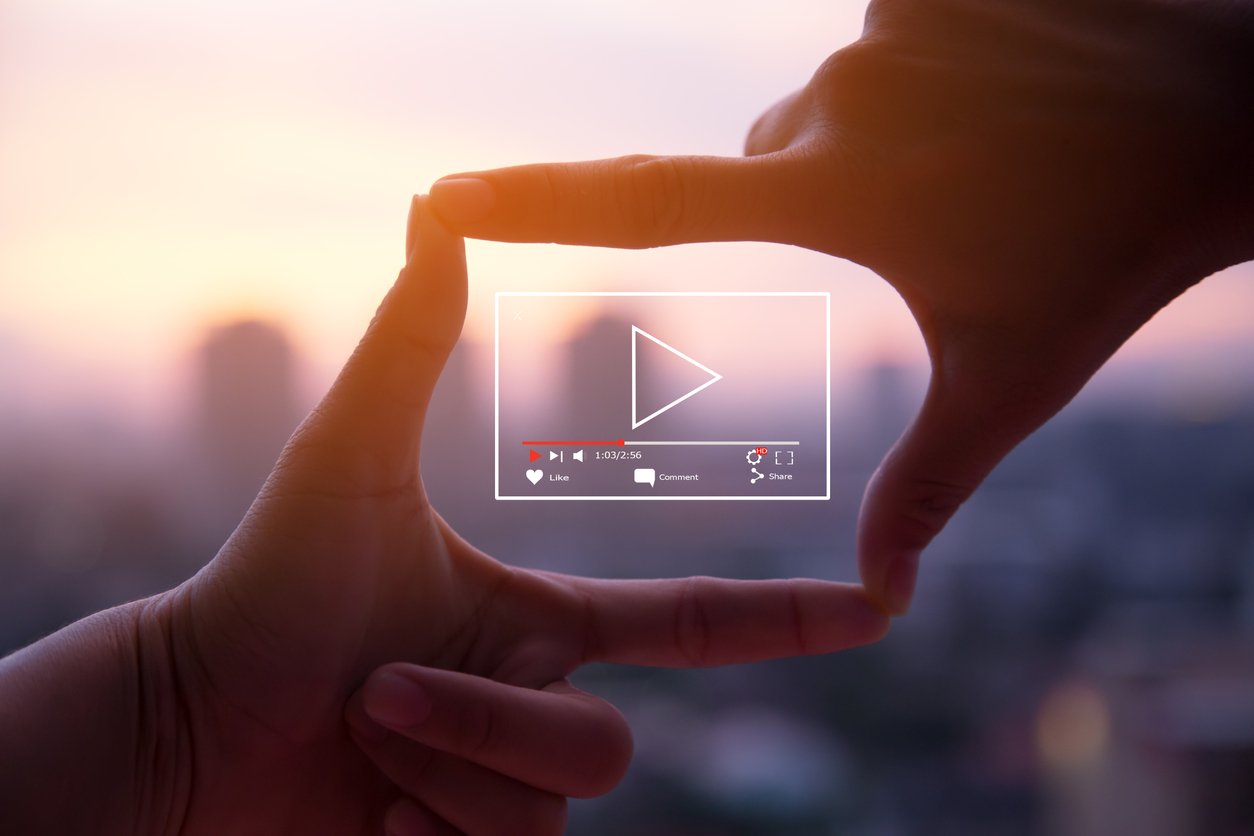The relationship between PR professionals and journalists has endured for more than half a century. From print to digital news formats, a 24/7 news cycle, and the rise and ubiquity of social media, the relationship has evolved, yet the fundamentals remain the same. There's also very common ground, which is why the relationship, when it works best, is symbiotic.
Over time, though, the partnership has been increasingly challenged. Pitches and press releases, which still often contain news value, have too often given way to brands flooding the inboxes of media with content that is less and less newsworthy and increasingly more promotional. The relationship has eroded, and credibility continues to diminish.
News Direct and PRWeek launched a survey on the current state of media outreach to gain better and more timely insights into the PR pro—journalist relationship. The findings shed light on existing gaps and opportunities to strengthen this dynamic, as well as equip communicators with the insight they need to help journalists tell their best stories in formats that align with contemporary audiences' preferences.
As the survey data indicates, there is still plenty of room for improvement. Only a quarter of comms pros—and a fifth of media pros—feel the relationship is better than it was a half-decade ago. Meanwhile, nearly 42% of journalists do not think comms pros make their jobs easier. In addition, there is a clear chasm between both groups regarding the need to maintain contact even when there is no story to pitch. Building meaningful and lasting relationships between PRs and the media requires contact and conversations even when you're not pitching a specific story.
It's important to not lose sight of the fact that nearly six out of 10 journalists still believe that PR pros make their lives easier. To build on that momentum, below are three ways to bridge these existing gaps and strengthen the overall PR pro—journalist relationship.
Tip 1: Release the power of the press release.
First and foremost, the most important thing for communicators to do when approaching journalists is to think like a journalist. For instance, if a journalist is pitching a story to their editor, and has a press release in hand that should articulate the story, think to yourself: What are the most important elements of the press release that should be reflected? What will help to sell the story to their editors?
PR and media pros are in broad agreement on which are the most important. There is no doubt that the headline reigns supreme. 94% of comms pros and 91% of media pros chose it as their top answer. But it does not just end with the headline. Journos and communicators rated the following elements as the most important when crafting and distributing a press release: the introductory paragraph; the overall writing quality; inclusion of data in the release; and inclusion of quotes in the release.
Multimedia assets are also important, which we explore in further detail later in this article. They provide a new, dynamic vehicle for sharing information, which is easily digestible for all audiences.
Tip 2: Pitch perfect—how to get your pitches noticed.
Doing solid research on journalists' beats and publications ahead of time does not a guarantee that you'll secure media coverage for your client, but boy does it help. Our survey indicates that 84% of comms pros and 89% of media pros picked "not researching the publication before pitching" as the most egregious mistake PR pros make in this regard. Further, a journalist respondent indicated that "ninety-five percent of my email is essentially spam, sent scatter-shot by people who could make better use of their time researching the outlets they're pitching."
So, what can communicators do to better engage journalists and share information that is relevant to their beats and audiences? Quick, easy-to-implement tactics include:
- Clever but informative headline that does not exaggerate.
- A straightforward, jargon-free lead without acronyms or insider references.
- Industry relevant stories that journalists write about.
- Surprising fact in subject line or introduction.
- Creative verbiage—exciting or interesting word choices.
Tip 3: Make multimedia storytelling the rule, not the exception.
With audiences consuming news content via social channels, podcasts and digestible info-bytes, among others, journalists need help to tell their stories in formats that align with contemporary audiences' preferences. Often, they also just need to meet the insatiable demand of the 'always-on' digital outlets, making standalone multimedia a valuable asset for many journalists. Comms pros are clearly responding to the need, according to our research, with both journalists and PR pros reporting that they are supplying multimedia more regularly.
However, our data underscores challenges—particularly in available resources—that prevent them from sharing more often. Time constraints and budgetary limitations are also among the leading factors preventing the more widespread use of multimedia assets to inform storytelling.
In terms of how best to share multimedia assets with journalists, many indicate an openness to using newswires as a potential solution, along with being sent to a company website or owned channel where it can be downloaded.
Bridging to the Future
Survey findings indicate that with the right tools, knowledge and insights, PR pros can be a meaningful partner to journalists and help them do their jobs more effectively. Working together, they can deliver information and content to audiences that inform, excite, and inspire. News Direct sought to bridge the PR—Journalist ecosystems to enable both to do their best work. It is the only news and content distribution platform purpose-built for the demands of modern-day storytellers.
Together, we can collectively evolve and adapt to best respond to the technological, societal, and business dynamics that will continue to shape how news is developed, disseminated, and consumed.




